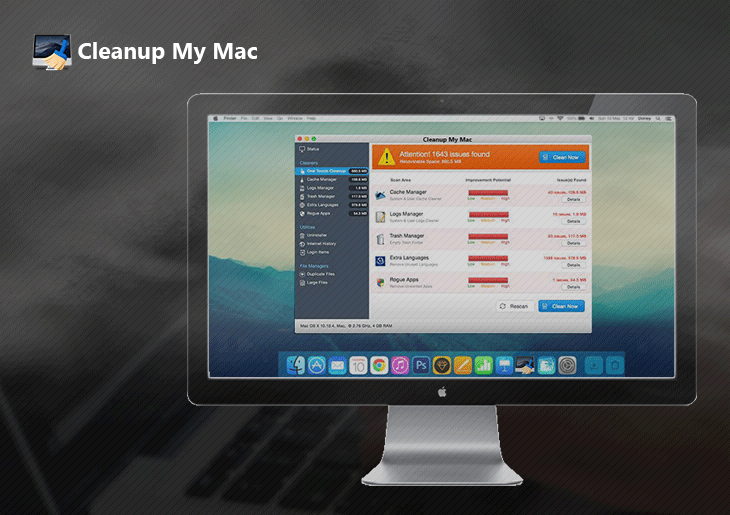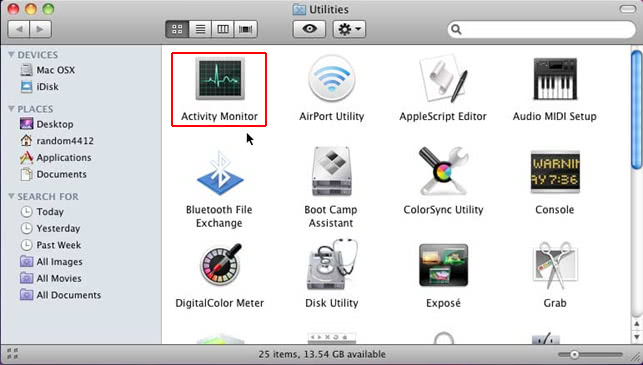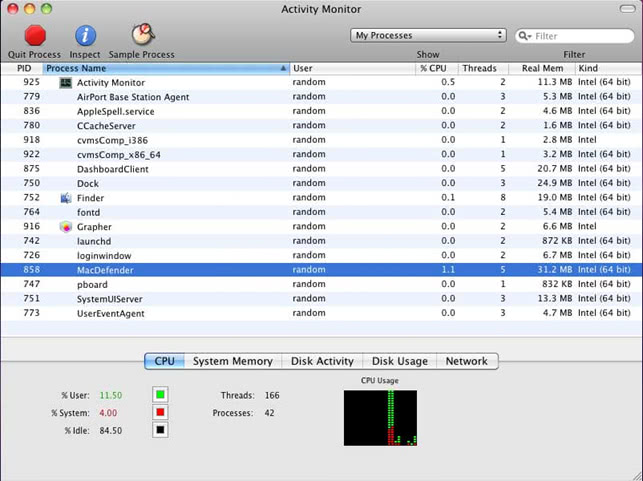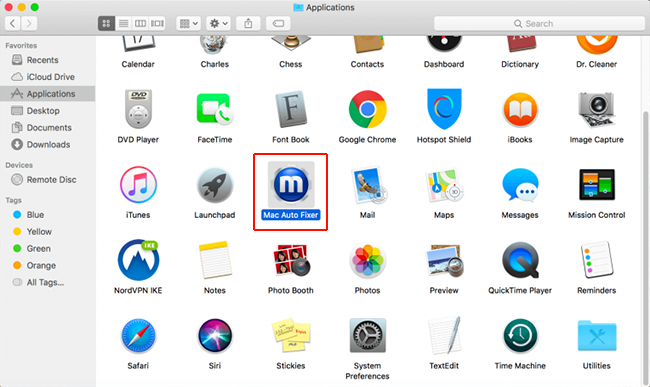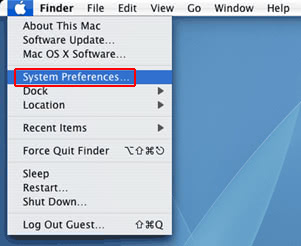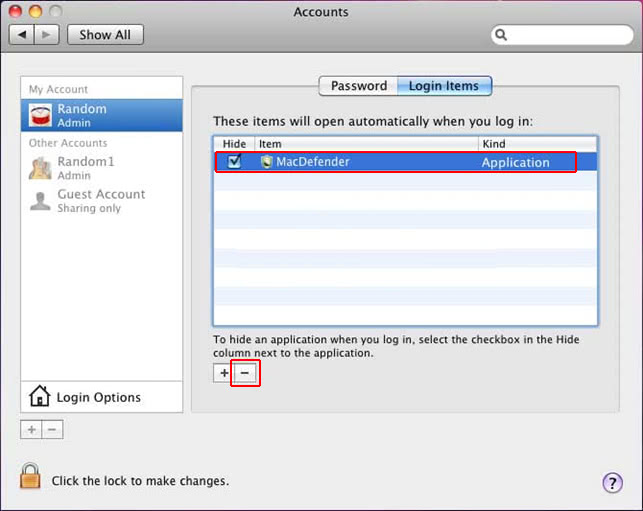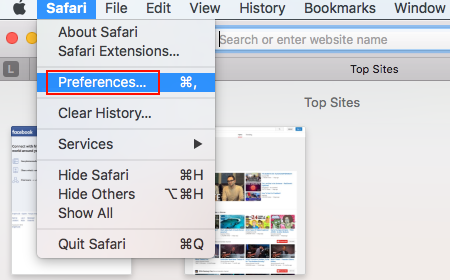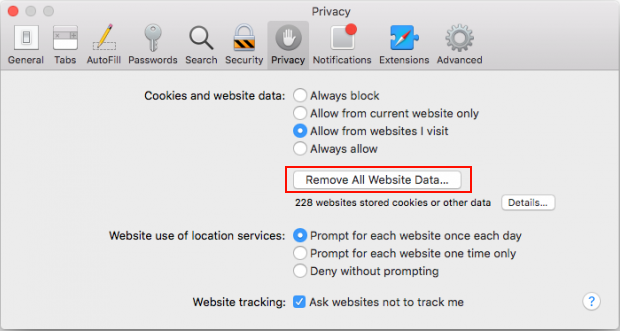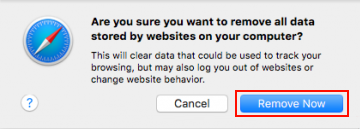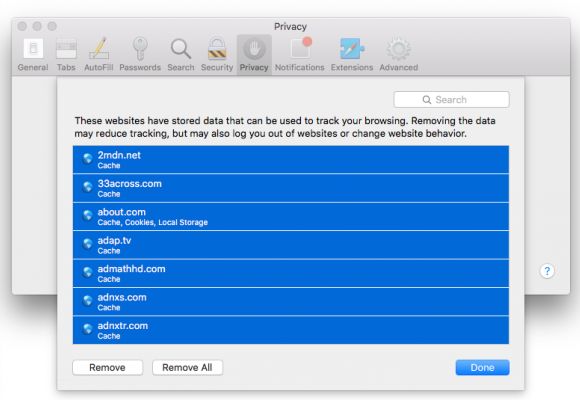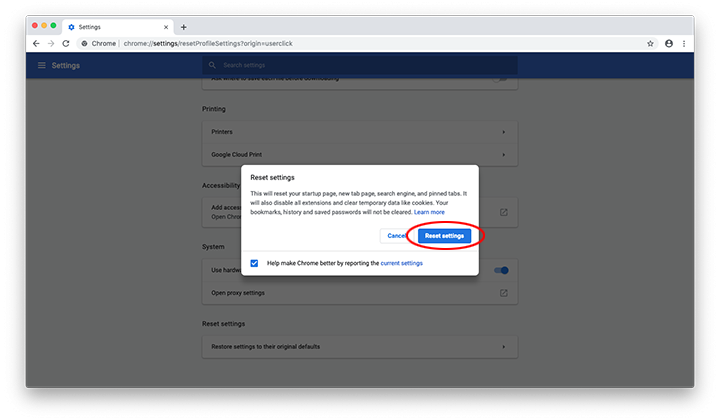It’s not uncommon to see Mac scareware doing the rounds, but Cleanup My Mac virus is a potent threat that outstrips most counterparts in terms of prevalence.
Mac scareware is on the uptick. These electronic culprits mainly pose as must-have utilities to boost system performance and clean up all sorts of junk. Ideally, such features are really welcome as Macintosh computers get cluttered with unnecessary files and software leftovers that parasitize on disk space. Unfortunately, some software publishers that don’t take the ethical element of their business seriously have been releasing apps whose activity is about mimicking rather than actually optimizing. The malicious players who masterminded the Cleanup My Mac virus campaign, for instance, pursue the abominable goal of manipulating users through fake issue detection reports. Also known as Cleanup-My Mac, this phony program slithers into machines in a furtive way, instantly achieves the persistence effect, and inundates the victim’s computing experience with fake scans as well as annoying popup alerts.
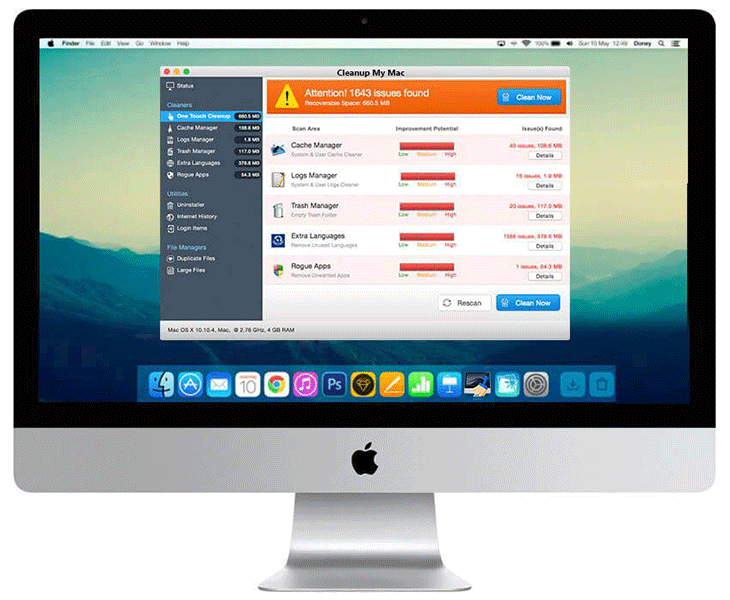
The distribution of Cleanup My Mac relies on a malvertising stratagem where users are redirected to misleading web pages when they visit regular sites. This interception of web traffic can be blamed on corrupt scripts stealthily embedded into popular web resources. Another likely scenario involves a browser hijacker that infiltrates a Mac without the admin’s awareness. A bundle of multiple items combined under a single installation client’s umbrella is the most common entry point for the redirect malware. When the web surfing routine is forwarded to the deceptive site, such as apple.com-scan.live, the user sees a warning message that says, “Your Mac is heavily damaged”, “Your Mac is infected with 3 viruses” or similar. The linked-to download that will purportedly fix the problem leads to the Cleanup My Mac payload.
As soon as the rogue application is in, it meddles with important system set-ups such as Login Items and LaunchAgents. This way, it makes sure that the obtrusive binary is triggered every time the Mac is booted up and cannot be easily terminated. Then, the malady enters the active stage of its attack. It displays a fabricated scan that pretends to evaluate the current performance condition of the system by the following areas: cache, logs, extra languages, rogue apps, trash, duplicates, and large files. Given the indecent gist of the app, it comes as no surprise that it reports dozens or hundreds of issues by each category. Then, the bogus repair phase of Cleanup My Mac’s modus operandi comes into play. It strongly recommends that the user fix all the spotted issues by activating the full version, which boils down to purchasing a 2-year license for $118.80. Paying for a counterfeit cleaner that solves inexistent problems is a questionable venture, to put it mildly.
Under the circumstances, the best option is to get rid of the Cleanup My Mac virus in the first place. Be advised that an important component of the repair is to rectify the settings of the web browser that may have been hijacked by a troublemaking plugin or extension and will otherwise continue to be redirected to unwanted web pages. Use the walkthrough below to get the job done.
Cleanup My Mac virus manual removal
The steps listed below will walk you through the removal of this potentially unwanted application. Be sure to follow the instructions in the order specified.
- Open up the Utilities folder as shown below

- Locate the Activity Monitor icon on the screen and double-click on it

- Under Activity Monitor, find the entry for Cleanup My Mac or Cleanup-My Mac, select it and click Quit Process

- - A dialog should pop up, asking if you are sure you would like to quit the Cleanup My Mac executable. Select the Force Quit option
- Expand the Go menu in Apple Finder and select Go to Folder
- Type or paste the following string in the folder search dialog: /Library/LaunchAgents

- Once the LaunchAgentsdirectory opens up, find the following entries in it and move them to Trash:
- com.CleanupMyMac.agent.plist
- com.CMM.agent.plist
- com.CleanupMyMac.cmmhlpr
- com.CMM.cmmhlpr
- Use the Go to Folder lookup feature again to navigate to the folder named ~/Library/LaunchAgents. When this path opens, look for the same entries (see above) and send them to Trash
- Similarly, go to the ~Library/Application Support folder. Locate and move the following entries to Trash:
- CleanupMyMac
- helpercmm
- hlprcmm
- hlprcleanupmymac
- Click the Go button again, but this time select Applications on the list. Find the entry for Cleanup My Mac or Cleanup-My Mac on the interface, right-click on it and select Move to Trash. If user password is required, go ahead and enter it

- Now go to Apple Menu and pick the System Preferences option

- Select Accounts and click the Login Items button. Mac OS will come up with the list of the items that launch when the box is started up. Locate Cleanup My Mac, Cleanup-My Mac, or Mac Cleanup Pro there and click on the "-" button

Get rid of Cleanup My Mac add-ons in web browser on Mac
To begin with, settings for the web browser that got hit by Cleanup My Mac should be restored to their default values. The overview of steps for this procedure is as follows:
- Reset Safari
- Open the browser and go to Safari menu. Select Preferences in the drop-down list

- Once the Preferences screen appears, hit the Privacy tab at the top. Find the option that says Remove All Website Data and click on it

- The system will display a confirmation dialog that also includes a brief description of what the reset does. Specifically, you may be logged out of some services and encounter other changes of website behavior after the procedure. If you’re okay with that, go ahead and click the Remove Now button

- In order to selectively clear data generated by certain websites only, not all of them, hit the Details button under the Privacy section of Safari Preferences

- This feature will list all websites that have stored potentially sensitive data, including cache and cookies. Select the one, or ones, that might be causing trouble and click the appropriate button at the bottom (Remove or Remove All). Click the Done button to exit.
- Open the browser and go to Safari menu. Select Preferences in the drop-down list
- Reset Google Chrome
- Open Chrome, click the More (⁝) icon in the top right-hand part of the window, and select Settings in the drop-down
- When on the Settings pane, select Advanced
- Scroll down to the Reset settings section. Under the Restore settings to their original defaults option, click the Reset settings button

- Confirm the Chrome reset on a dialog that will pop up. When the procedure is completed, relaunch the browser and check it for malware activity.
- Reset Mozilla Firefox
- Open Firefox and select Help – Troubleshooting Information
- On the page that opened, click the Reset Firefox button

Use automatic tool to uninstall Cleanup My Mac virus from your Mac
The Mac maintenance and security app called Combo Cleaner is a one-stop tool to detect and remove Cleanup My Mac virus. This technique has substantial benefits over manual cleanup, because the utility gets hourly virus definition updates and can accurately spot even the newest Mac infections.
Furthermore, the automatic solution will find the core files of the malware deep down the system structure, which might otherwise be a challenge to locate. Here’s a walkthrough to sort out the Cleanup My Mac issue using Combo Cleaner:
- Download Combo Cleaner installer. When done, double-click the combocleaner.dmg file and follow the prompts to install the tool onto your Mac.
By downloading any applications recommended on this website you agree to our Terms and Conditions and Privacy Policy. The free scanner checks whether your Mac is infected. To get rid of malware, you need to purchase the Premium version of Combo Cleaner.
- Open the app from your Launchpad and let it run an update of the malware signature database to make sure it can identify the latest threats.
- Click the Start Combo Scan button to check your Mac for malicious activity as well as performance issues.

- Examine the scan results. If the report says “No Threats”, then you are on the right track with the manual cleaning and can safely proceed to tidy up the web browser that may continue to act up due to the after-effects of the malware attack (see instructions above).

- In case Combo Cleaner has detected malicious code, click the Remove Selected Items button and have the utility remove Cleanup My Mac threat along with any other viruses, PUPs (potentially unwanted programs), or junk files that don’t belong on your Mac.

- Once you have made doubly sure that the malicious app is uninstalled, the browser-level troubleshooting might still be on your to-do list. If your preferred browser is affected, resort to the previous section of this tutorial to revert to hassle-free web surfing.
